Origin of Man
Where Did Humans Come From ?

About 25 million years ago, in the countries of East Africa, great changes are at work and will later lead to the first appearance of men. Small monkeys, distant ancestors of macaques and baboons, separates from great apes, a large family that encompasses Homo Sapiens but also gorillas, orangutans and chimpanzees.
East Side Story
According to French paleontologist Yves Coppens and his theory of East Side Story proposed in 1983, a huge rift caused by a fracture of earth's crust about 8 million years ago would be responsible for the separation between the lineage of men and that of great African apes. 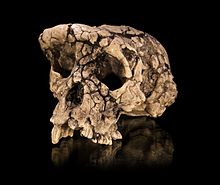 Ancestors of great apes would've evolved west of the rift in the humid climates of the rainforest, while the first Australopithecus would've appeared in the savannahs east of the rift, hence the name East Side Story.
Ancestors of great apes would've evolved west of the rift in the humid climates of the rainforest, while the first Australopithecus would've appeared in the savannahs east of the rift, hence the name East Side Story.
Discovered in Chad in 2002, the fossilized skull of a primate nicknamed Toumaï dating back 7 million years corresponds according to some paleoanthropologists to one of the first kinds of human. Two years earlier, palaeontologists also found in Kenya the fossil of a 6 million-year-old hominid named Millenium ancestor, which shows that already by that time, the first species were already beginning to stand straight and to move on two legs.
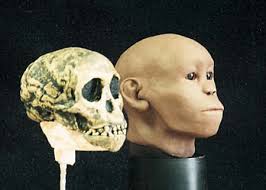
The Taung Child
Around 4,2 million years ago, the first Australopithecus would have begun to flourish in South Africa as evidenced by the discovery, made in 1924 by an Australian professor named Raymond Dart, in the Taung quarry of a juvenile hominid skull which allowed him to identify, some time later, in an article published in the journal Nature, the type Australopithecus africanus. Nicknamed The Taung Child, it is considered by many to be one of the most important archaeological discoveries of the 20th century. Given the small size of its cranial box, which presupposes weak intelligence, scientists first classified Australopithecus among monkeys.
Many lineages
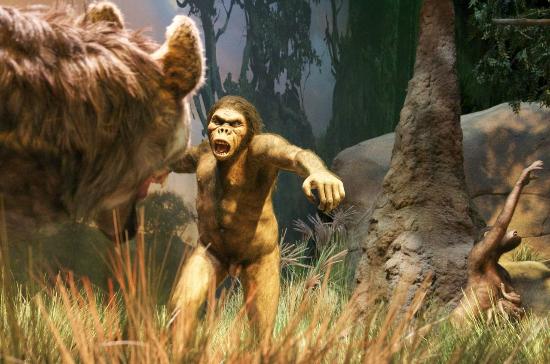
About 4 million years ago, Australopithecus would have experienced a boom and a notable diversification and there are to date eight different species of Australopithecus. Some would adopt a vegetarian diet while others would opt for a diet based on roots and tubers. One fossil in particular, that of Kenyanthropus platyops, estimated to be around 3,5 million years old, has a very flattened skull and a dentition very similar to that of human beings. He could very well be the direct ancestor of the genus Homo. Australopithecus would've definitely disappeared a million years ago.
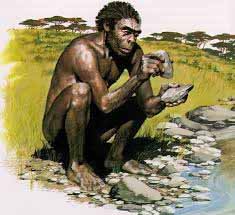
Appearance of the Homo genus
The first traces of Homo habilis, which would've been a kind of intermediate species between Australopithecus and Homo ergaster, dates back to 2,5 million years ago in South and East Africa as well as in Tanzania with Homo rudolfensis. Of very modest size, the largest were barely 5 feet tall, Homo habilis permanently moved on two legs and had superior intelligence compared to its Australopithecus predecessors. He was also able to carve tools aided by stones. Homo ergaster, a slightly more advanced type of hominid that appeared 1,6 million years ago, was much larger (1.80 m) as represented by a fossil found in Kenya near Lake Turkana. It was around this time that the Homo genus started to leave Africa's native cradle to settle on other continents.
From Homo erectus to Homo sapiens
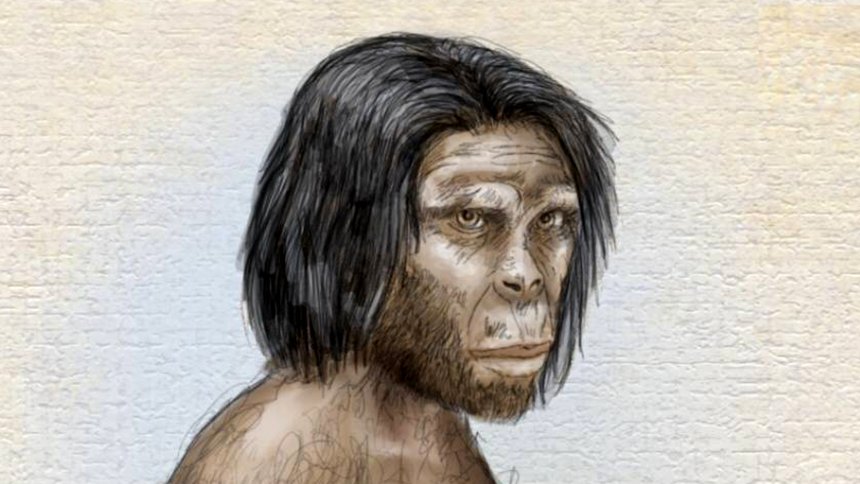
Homo erectus, which settled on European and Asian continents 1,5 million years ago, is credited with discovering fire. According to some theories, Homo sapiens would begin to distinguish himself from Homo erectus around 250,000 years ago, although origins of Homo sapiens are extremely debated. Recent findings seem to suggest that the birthplace of Homo sapiens is South Africa.
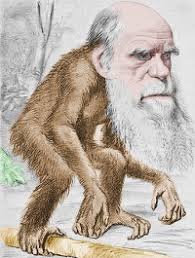
Darwin's theories
In his famous book published in 1859, Origin of Species, paleontologist and naturalist Charles Darwin claims that species evolve over time by a process of natural selection that he calls theory of evolution. Nature would randomly select species to act as intermediary between two other species and thus allow evolution. Applied to man, the theory of evolution would make us descendants of monkeys.
A very big family

Since the discovery of Lucy, some 3,2 million years old Australopithecus, and research undertaken by many English paleontologists, the story of the origin of man began to unfold. Today, it is considered that the Homo genus appeared 2,5 million years ago and that all genera of great African apes as well as Australopithecus and hominid forms are part of a single and large family. In other words, humans do not descend from monkeys but have common ancestors with them.
Lucy or Little Foot ?
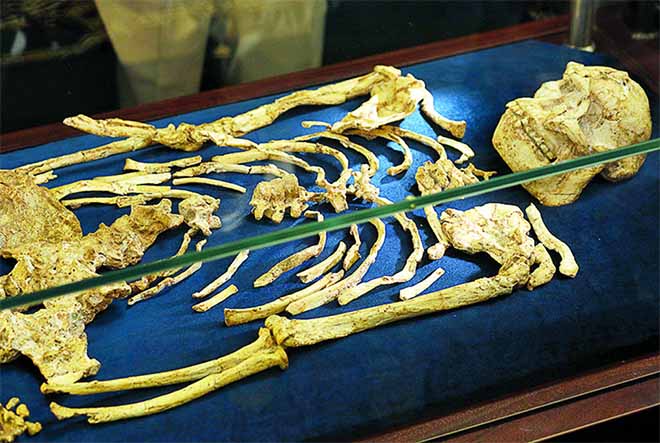
Now known as a distant cousin because of her arboreal lifestyle, Lucy, a fossil of Australopithecus afarensis discovered in the Ethiopian region in 1974, is no longer considered ancestor of Homo sapiens. Little Foot, a complete and well preserved skeleton of Australopithecus, is today the best link we have to explain evolutionary relationships between great African apes and modern humans.









































































































































































































































































































































